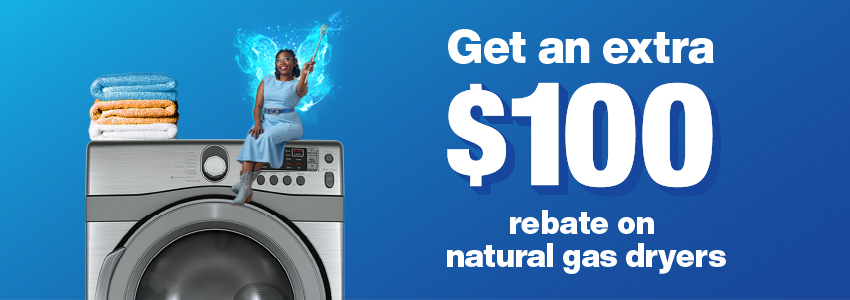We understand there’s a lot of frustration and confusion about the Oklahoma Corporation Commission's vote to approve Oklahoma Natural Gas’ securitization mechanism and what it will mean for our customers. So, we wanted to answer some of your most frequently asked questions. We’re committed to being as transparent and timely as possible with our communications to you as more decisions are made.
Why are you making me pay more on my bill each month?
Through the securitization mechanism, we are recovering the cost of gas incurred by customers during Winter Storm Uri in February 2021. You can learn more about our gas purchasing strategy and how we prepared for the weather event in our previous blog post.
Some may not be aware that the cost of gas has always been a passthrough cost to our customers. As a regulated utility, Oklahoma Natural Gas is only allowed to recover its cost of gas. The Oklahoma Corporation Commission performs annual audits of these costs and recoveries to ensure prudency. This means we don’t charge any premium and we do not profit from the cost of gas – our customers pay exactly what we pay for the gas they use.
Why are your customers who live in a 1,000 square-foot home paying the same as those who live in a mansion?
This is a misconception. It is important to understand that residential customers are classified into one of three categories:
- Option A customers (those who use less than 50 dekatherms of gas each year)
- Option B customers (those who use 50 dekatherms or more of gas each year)
- Low-income customers (those who have signed up for the LIHEAP program to assist with their gas bills)
Within the securitization agreement, Option A customers would pay less than $5 a month, Option B customers would pay less than $8 a month, and low-income customers would pay $0. These averages are entirely based on gas usage, not on the square footage of their residence.
Another way to think about it is that folks who used more gas-based appliances during the storm (furnace, gas stove) potentially used more gas than folks who used less gas-based appliances in their homes. Thus, customers' costs would vary depending on usage.
Do we have to pay a service termination fee if we want to leave Oklahoma Natural Gas?
No. There is no service termination fee. The service termination fee that was included in a previous stipulation was rejected by the Oklahoma Corporation Commission. It’s important to note that the termination fee was not originally proposed by us, and we want to reiterate the intent was never to restrict the choice of our customers’ access to energy sources. We strongly believe in energy choice!
Was there mismanagement by Oklahoma Natural Gas buying the gas at higher prices during the storm? Who regulated that?
No. We are proud of the work of our employees during the storm to keep Oklahomans’ homes warm during the winter storm. We purchased gas as defined in our annual gas supply plan. Following the storm, our regulators performed an audit of our gas purchases. The Commission found those costs to be prudent. This finding was supported by both the Commission’s Public Utility Division and the Attorney General’s Office.
Here are quotes from Commissioner Hiett and Attorney General O’Connor regarding this process:
At the core of this case is the fuel cost recovery by the utility as allowed by law,” Hiett said. “All parties to the case had access to all documentation concerning those costs, including the Commission’s Public Utility Division which conducted a full audit on those costs to determine that ONG did not make a profit on the fuel costs to be recovered and that other requirements were met.” - Commissioner Hiett
Attorney General O’Connor stated that he “supports the use of securitization bonds under the [Act] to allow recovery of historic natural gas costs over a longer, more manageable period of time and at a lower interest rate than would otherwise be available.”
If you knew gas prices would fluctuate, why didn’t you buy more gas for storage ahead of the storm?
Our team utilized all resources available to keep our customers’ homes warm during the storm. Gas storage was one part of the equation – with more than a third of the supply we used to keep our systems running coming from gas storage. It’s important to note that if we didn’t have as much storage as we had during Winter Storm Uri, the costs would have been almost twice what they actually were. Our gas supply programs are built on what our experience has been in the past, and that plan is reviewed and approved by our regulators. What caused the price disruption were supply issues that were upstream from us.
We also have to keep in mind, though, that if we acquire a lot of additional supply and we don't use that supply, then we've used the money that doesn't serve our customers as customers pay the gas supply cost. We don't make money on gas supply. We just try to make sure that we've got adequate gas supply. The decisions we make are done in a way to always keep costs as low as possible for our customers.
Have additional questions?
Let us know!





